Hydrokinesis: Water Manipulation Superpower

Water Manipulation | Hydrokinesis Video Demo 🎬
Table of Contents
What Is Hydrokinesis
Hydrokinesis is the superhuman ability to control and manipulate water through mental focus. Users of hydrokinesis can move, shape, pressurize, and reconstitute water across its states—liquid, ice, and vapor—often called water manipulation or aquatic telekinesis. In fiction and games, this hydrokinetic power ranges from delicately coaxing droplets from the air to unleashing tidal waves, creating hard-water constructs, or extracting moisture from materials. For readers exploring related abilities, see the complete superpower list or try the random superpower generator to discover new ideas.
Core Abilities of Hydrokinesis
1) Fluid Motion and Form Shaping
At its foundation, hydrokinesis enables a user to move water as if it were an extension of their body. Common techniques include water whips, spheres, tendrils, and barriers. Skilled users can weave braided streams that function like rope or musculature, allowing fine manipulation, grappling, and non-lethal restraints. This is the baseline “water bending” most audiences recognize.
2) Pressure and Velocity Control
Hydrokinetic pressure control turns a cup of water into a cutting jet or a battering ram. By accelerating flow and compressing volume, a user can slice through ropes, weaken armor seams, or blast doors with hydraulic force. Conversely, lowering pressure can gently suspend objects, disperse projectiles, or cushion falls.
3) State Shifting: Ice and Vapor
While pure cryokinesis or aerokinesis are distinct powers, advanced hydrokinesis often includes guided phase changes:
-
Ice Manipulation: Rapid freezing to form hard-water constructs—blades, shields, shackles, caltrops, or terrain cover. Ice ramps, steps, and anchors provide instant mobility and siege options.
-
Steam and Mist Manipulation: Flash-boiling, fog banks for concealment, scalding vapor bursts, and humidity blankets that impair electronics or visibility. Fine mist can also be condensed into rain for crowd control or terrain alteration.
4) Moisture Extraction and Redistribution
Moisture control allows a hydrokinetic to draw water from air, soil, fabrics, or porous surfaces. In survival or stealth, this means silently extracting drinkable water, drying footprints, or pulling dampness from walls to create slick surfaces. In combat, targeted desiccation can weaken plant-based constructs or nullify adhesive traps.
5) Sensory and Environmental Awareness
Because water conforms to surfaces and transmits vibrations, hydrokinesis can extend perception. Ripples reveal movement behind cover; humidity gradients signal heat sources; pressure changes betray concealed doors. Some users map rooms by echo-ripple, reading micro-currents the way sonar reads echoes.
6) Hydrodynamic Mobility
On water, users can surf self-propelled waves, skate on ice, or ride pressurized jets for sudden bursts of speed. In enclosed spaces, micro-bursts of vapor can assist parkour, while ice footholds create midair “steps” for quick repositioning.
7) Hydrokinetic Constructs
Hard-water constructs combine pressure, density manipulation, and phase control to produce semi-solid forms—domes, bridges, blades, gauntlets, and even hydraulic exoskeletons. These structures can be dynamically reinforced where stress accumulates, allowing remarkable strength-to-mass efficiency.
8) Support, Healing Adjuncts, and Utility
While hydrokinesis is not inherently a healing power, it can aid battlefield medicine: cooling burns, irrigating wounds, flushing contaminants, or stabilizing temperatures. Utility uses include firefighting, cleaning, erosion control, and improvised engineering (e.g., water-driven turbines or siphons).
Application / Tactical Advantages in Combat
Offensive Control
-
Precision Jets: Needle-fine, high-velocity streams can disarm, sever cables, or cut lock housings without collateral damage.
-
Impact Waves: Short-range surges knock enemies off balance, clearing doorways or ledges.
-
Ice Arsenal: Instant blades, spikes, and shrapnel from flash-frozen sprays deliver adaptable melee/ranged options.
Defensive Versatility
-
Hydro-Shields: Curved, flowing barriers absorb and redirect kinetic force, especially against projectiles.
-
Mist Screens: Dense fog reduces enemy accuracy, masks movement, and diffuses light-based attacks.
-
Cryo-Cover: Walls, bulwarks, or ice cofferdams provide rapid fortification and line-of-sight breaks.
Battlefield Control
-
Terrain Shaping: Flooding corridors, icing floors, or creating suction eddies can funnel foes and slow advances.
-
Adhesion and Traction: Targeted wet/dry zones control footing. Hydrophobic coatings on friendly gear preserve mobility.
-
Visibility and Sound: Mist scatters lasers and muffles footsteps; ripple sensors detect flanking maneuvers.
Stealth and Infiltration
-
Condensation Crafting: Quietly condense door-hinge ice wedges to force or hold entries.
-
Print Erasure: Remove footprints, scent trails, and residue with micro-sprays and rapid drying.
-
Lock Bypass: Freeze-thaw cycling fatigues mechanical locks; micro-jets probe and clear tumblers.
Team Utility
-
Fire Suppression: Direct streams, atomized mist, or water curtains smother flames and block heat.
-
Crowd Safety: Non-lethal pushback with padded waves; controlled drench to lower body temperatures during heat hazards.
-
Emergency Engineering: Improvised siphons, dewatering flooded spaces, and stabilizing structures with ice braces.
Level: Level 1 🏙️, Level 2 🌇, Level 3 🌃
Level 1: Novice Hydrokinetic
-
Scope: Buckets, sinks, puddles, and nearby air moisture.
-
Control: Smooth shaping, basic whips, small shields; slow freezing and light misting.
-
Tactics: Trip hazards, tool cleaning, simple extinguishing, low-pressure jets to disarm.
-
Limitations: Requires visible water source; stamina drains quickly during state changes; pressure output modest.
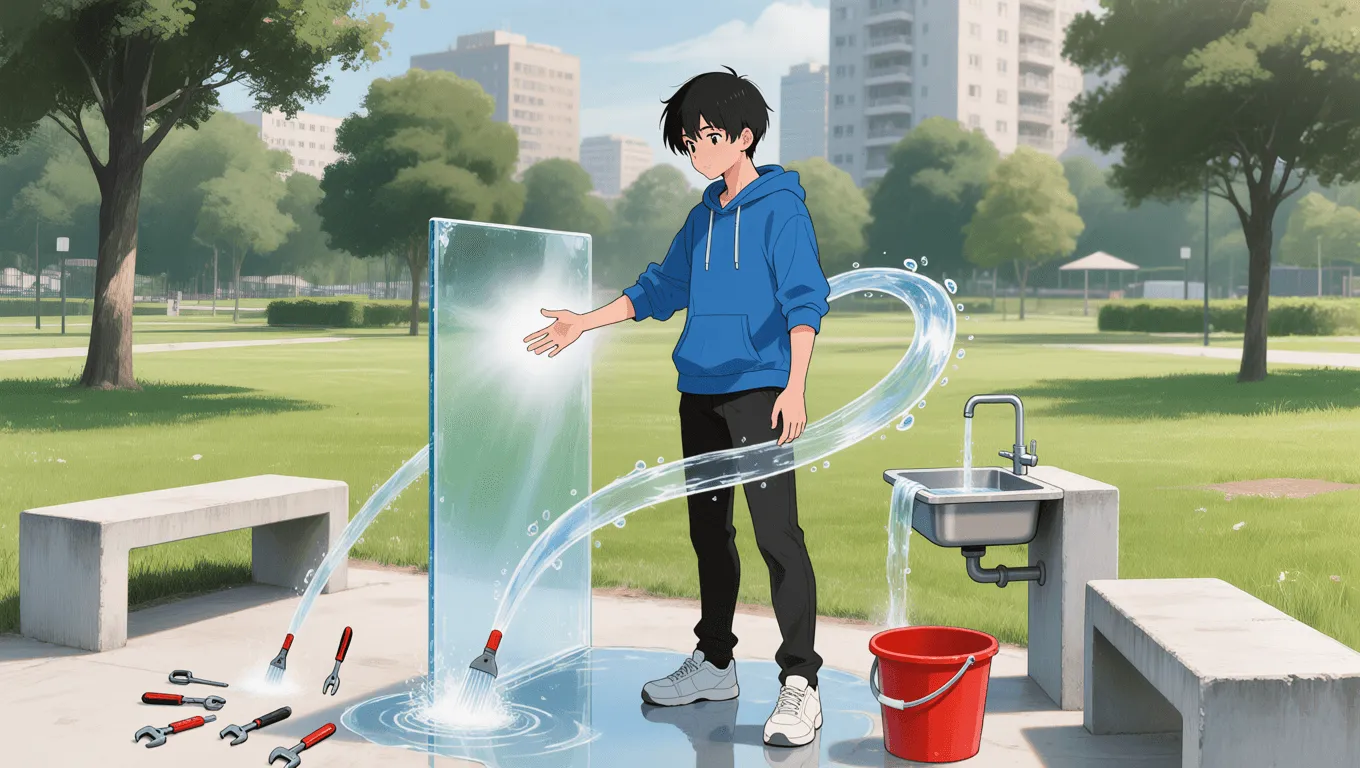
Level 2: Proficient Water Manipulator
-
Scope: Room-scale volumes; can pull liters from humid air; effective outdoors near rivers or rain.
-
Control: Sustained high-pressure jets, rapid ice fabrication, mobile hard-water shields, reliable mist screens.
-
Tactics: Breach-assist on doors, precise cutting, crowd-safe knockdowns, terrain shaping with ice ramps and slick fields.
-
Limitations: Simultaneous multi-state operations are taxing; long-range control weakens beyond line of sight.
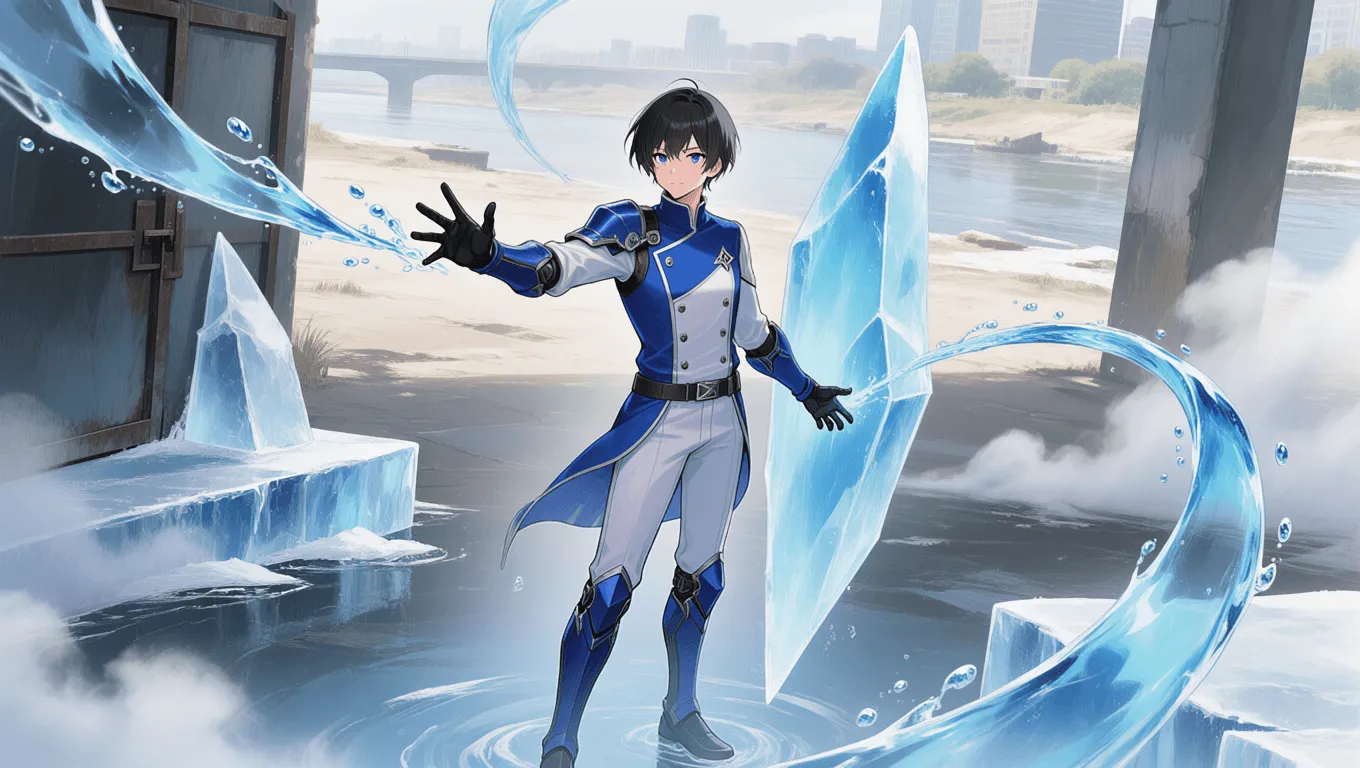
Level 3: Master of Hydrokinesis
-
Scope: Building to block-scale volumes; coordination of liquid, vapor, and ice concurrently.
-
Control: Complex constructs (bridges, domes, exoskeletal armor), tsunami-class waves in coastal zones, instantaneous freeze-thaw cycles, and humidity field manipulation over wide areas.
-
Tactics: Full battlefield denial, precision environmental engineering, and multi-vector offense/defense in parallel.
-
Limitations: Massive stamina costs and environmental impact; collateral-risk management becomes central to responsible use.

Limitations of Using the Hydrokinesis
-
Source Dependency: Absolute deserts, sealed sterile rooms, or vacuum conditions starve the user of medium. While moisture extraction helps, low-humidity environments limit volume and rate.
-
Energy and Stamina: High-pressure jets, flash-freezing, and rapid evaporation consume significant metabolic or mental energy, risking exhaustion.
-
Thermodynamic Costs: Large-scale freezing/boiling demands heat exchange; without ambient energy or auxiliary abilities, extreme temperature swings can harm allies or the user.
-
Line of Sight and Complexity: Multi-layer constructs require concentration. Visual obstructions or mental overload can collapse structures.
-
Material Resistance: Hydrophobic coatings, absorbent barriers, and water-diverting geometries reduce effectiveness.
-
Electrical and Chemical Hazards: Conductive pathways in water amplify shocks; pollutants, acids, or bases in the local water source can compromise control or safety.
-
Ethical/Collateral Concerns: Flooding, erosion, and icing can damage infrastructure. Masters must balance tactical gains with environmental impact.
Weakness Against What Other Superpowers
-
Electrokinesis: Electricity travels through water, threatening both the stream and the hydrokinetic. Insulated channels and discontinuous jets mitigate risk, but it remains a core vulnerability.
-
Thermokinesis: Enemy heat control can boil off streams or shatter ice constructs; extreme cold from opponents can lock water in unwanted shapes.
-
Geokinesis (Earth Manipulation): Porous substrates absorb water, collapsing shapes and nullifying traction effects; earthen berms redirect floods.
-
Aerokinesis: Strong winds disperse mist, shear streams, and disrupt fine control over droplets.
-
Gravity Manipulation: Altered gravity fields flatten waves, drain suspended shields, or pin water to surfaces, breaking flow patterns.
-
Desiccation/Absorption Powers: Abilities that remove moisture from air and materials rapidly starve hydrokinesis of medium.
-
Sound/Vibration Control: Sonic bursts induce cavitation, destabilizing high-pressure jets and fracturing ice constructs.
Synergistic Power Combos
- Cryokinesis + Hydrokinesis: Dedicated freezing with water shaping yields instant fortifications, ice artillery, and resilient armor.
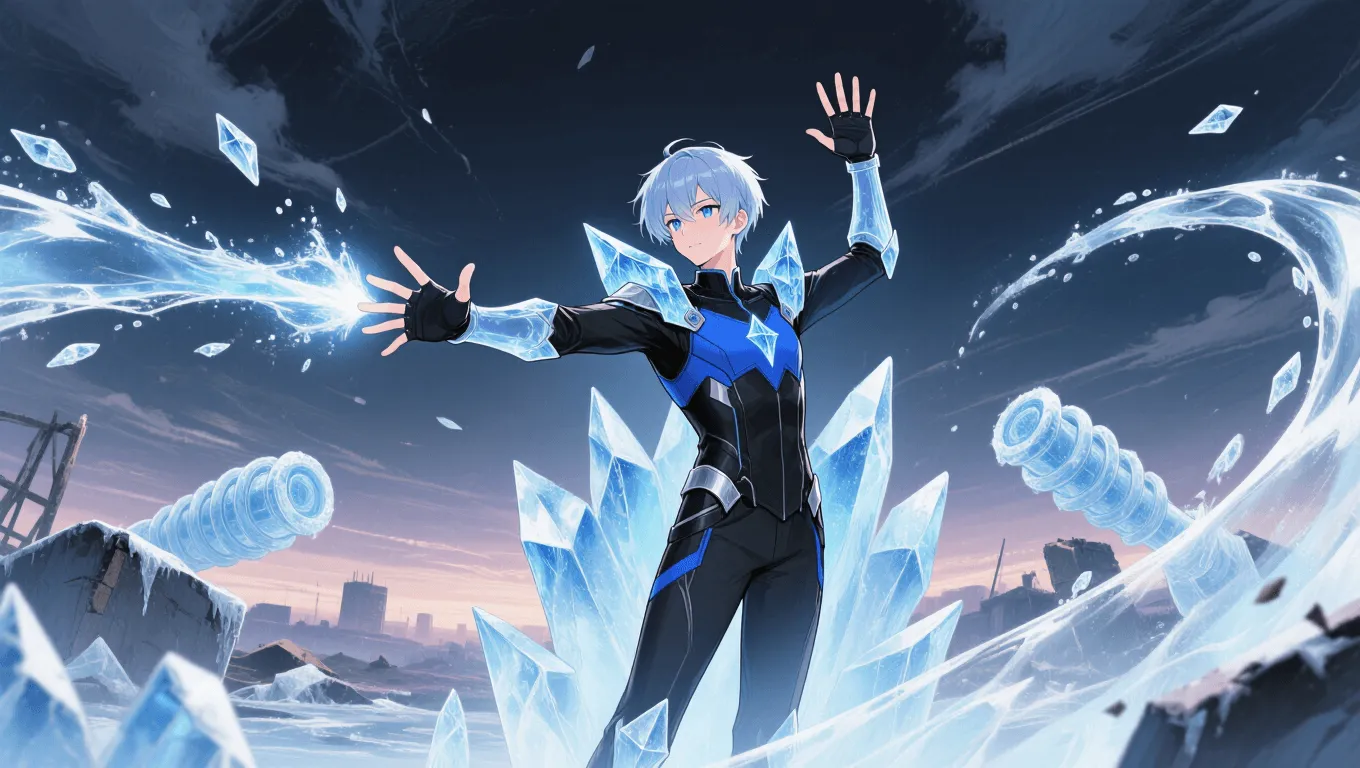
- Aerokinesis + Hydrokinesis: Wind drives rain bullets and shapes fog into moving cover; combined, they create cutting rain curtains and mobile clouds.

- Plant Manipulation + Hydrokinesis: Watering and nutrient distribution supercharges botanical growth for living barricades and battlefield healing zones.

- Bioluminescence/Light Control + Hydrokinesis: Mist screens become projection surfaces for dazzling, disorienting illusions; underwater beams guide teams.
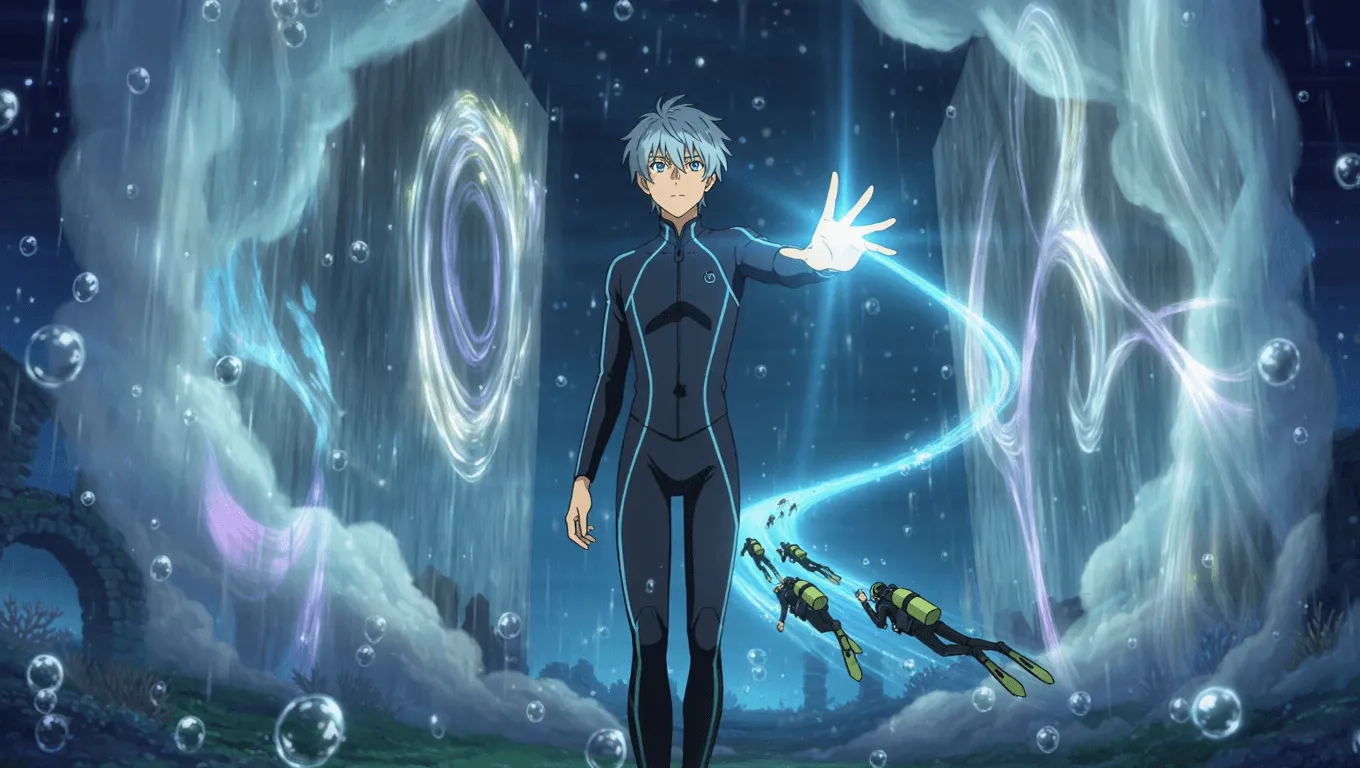
- Telekinesis + Hydrokinesis: Macro-level lift stabilizes large water masses while micro-level shaping executes precise pressure work—ideal for heavy engineering.
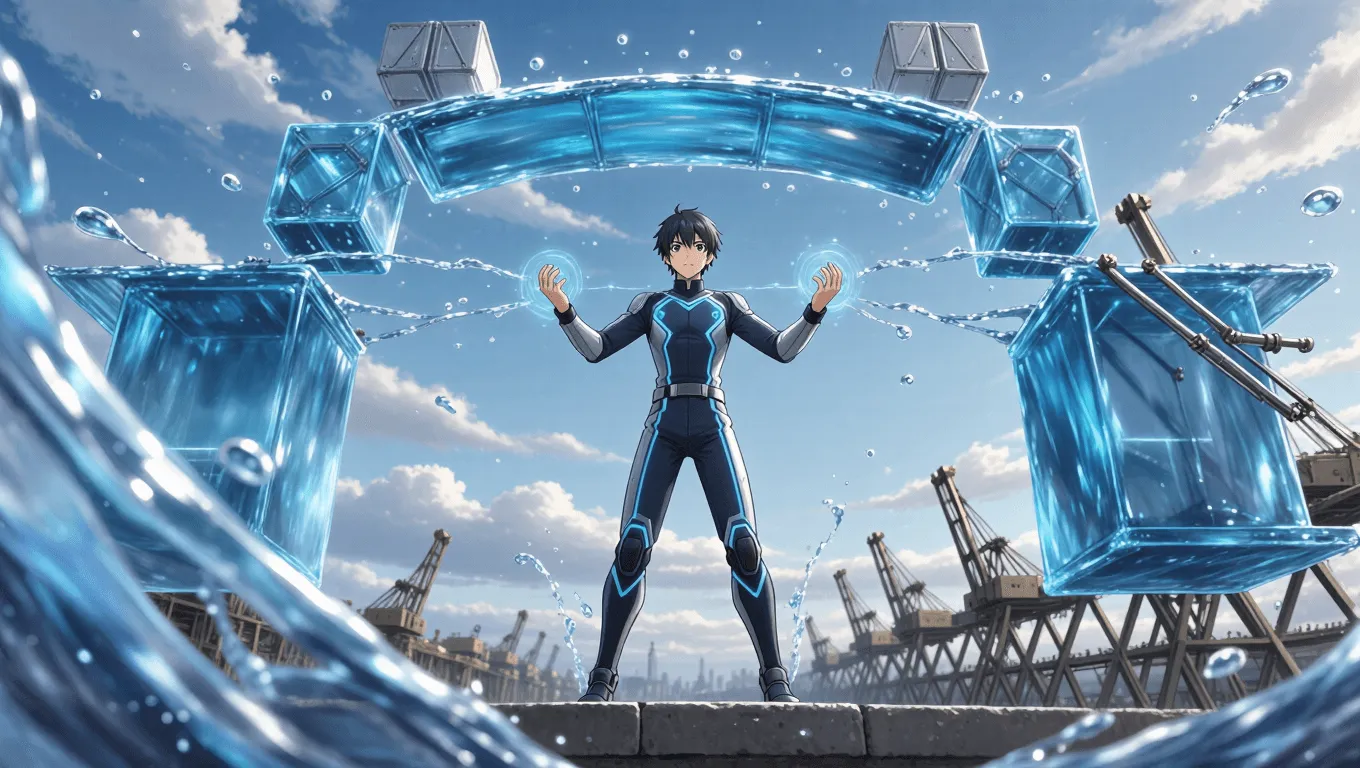
- Technopathy + Hydrokinesis: Water-cooled weapons and overclocked systems; targeted condensation sabotages hostile electronics while allies remain protected with hydrophobic layers.

- Magnetism/Metal Control + Hydrokinesis: Ferric sand in water forms hybrid ferrofluid constructs with unusual rigidity and dynamic behavior.
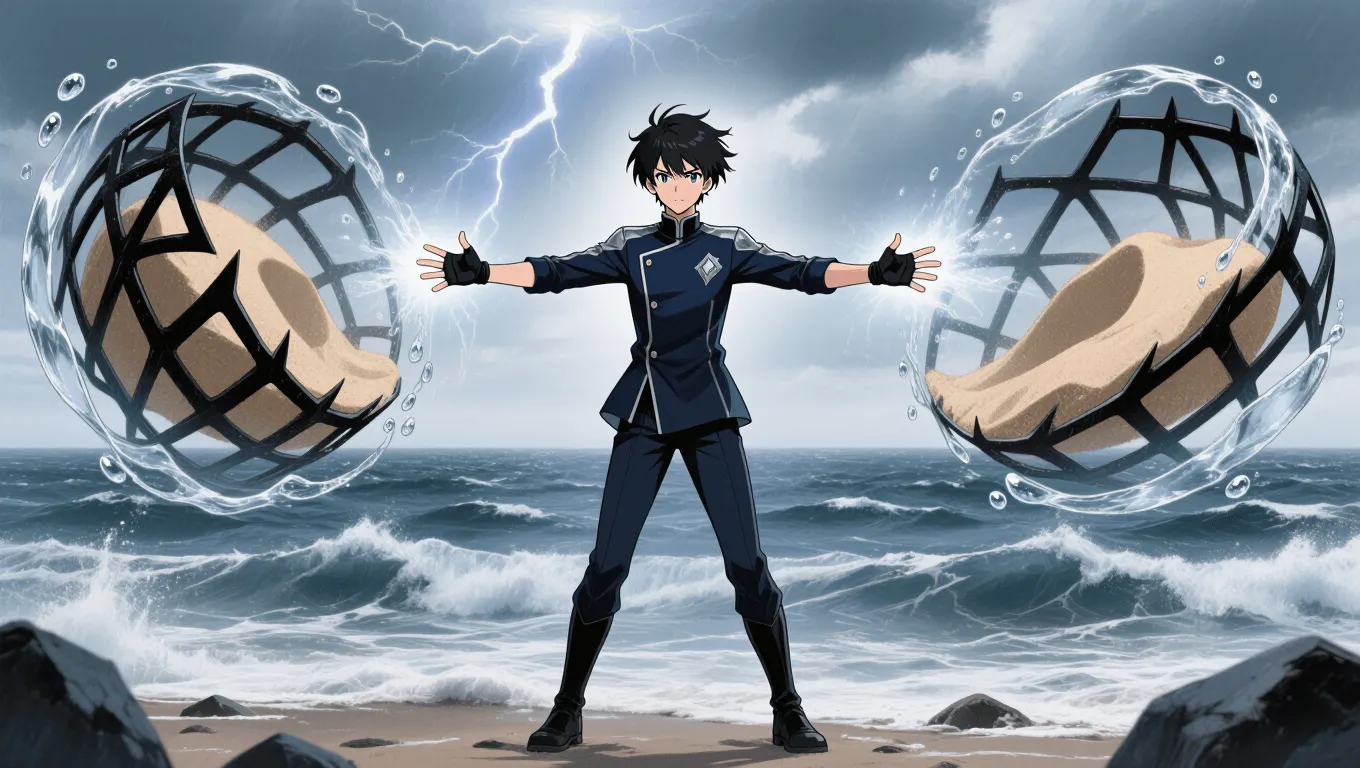
Known Users
-
Mera (DC Comics): Renowned for shaping hard-water constructs and commanding aquatic battlefields. Learn more about Mera’s feats on her character page.
-
Hydro-Man (Marvel Comics): A volatile foe whose body can become water, enabling absorption, flooding, and formidable melee. See details on Hydro-Man’s profile.
-
Katara (Avatar franchise): A master waterbender known for precise control, healing applications, and battlefield ingenuity.
-
Aqualad/Kaldur’ahm (DC Comics): Combines water constructs with electrified blades, showing hybrid tactics in team operations.
-
Various RPG and anime archetypes: Many systems depict hydrokinetic healers, terrain controllers, and stealth specialists illustrating the breadth of water manipulation in gameplay.
Looking for more abilities to pair with this one? Explore the full superpower wiki or let fate decide with the random superpower generator.
